The Children’s Crusade (Birmingham, AL)
In early April, convinced that only national legislation is capable of eliminating legal, institutional segregation, Movement strategists embark on a campaign designed to break the practice in one of its toughest strongholds – Birmingham—and to garner enough national attention in the process that the Kennedy administration will be compelled to draft and champion a comprehensive civil rights bill.
After issuing the Birmingham Manifesto on April 3 and enacting a Good Friday march that lands Rev. Dr. Martin Luther King, Jr. in the cell where he will pen “Letter from Birmingham Jail,” the campaign focuses on involving the city’s high school students. Their arrest promises less economic devastation to families and their age guarantees national visibility and outrage.
On “D-Day” (May 2), 1000 students “ditch” classes to march two-by-two out of 16th Street Baptist Church and endure arrest. In the following week, thousands of more students are knocked off their feet by high-pressure water hoses, menaced by police dogs and angry whites, and incarcerated in improvised jails at the county fairgrounds. On the seventh day, city officials agree to negotiate with the Black community, and on May 9, a tentative agreement to end segregation is reached.
(Learn more in the classroom-friendly film Mighty Times: The Children’s March, the middle school book We’ve Got a Job: The 1963 Birmingham Children’s March, and the website Kids in Birmingham: 1963.)

